Nem lầu (also known as nem bì lầu or bì lầu) is a unique dish that was once famous in the Mekong Delta region, especially in the coconut land of Vinh Long (formerly Ben Tre province).
It's called that because the spring rolls are decorated to resemble a pavilion, reflecting the elaborate and unique way of serving food among the locals.
Accordingly, people in the Mekong Delta will use coconut leaves (either old or young) and weave them into the shape of a tower, with multiple tiers on top and a hollow compartment underneath to hold the spring rolls.
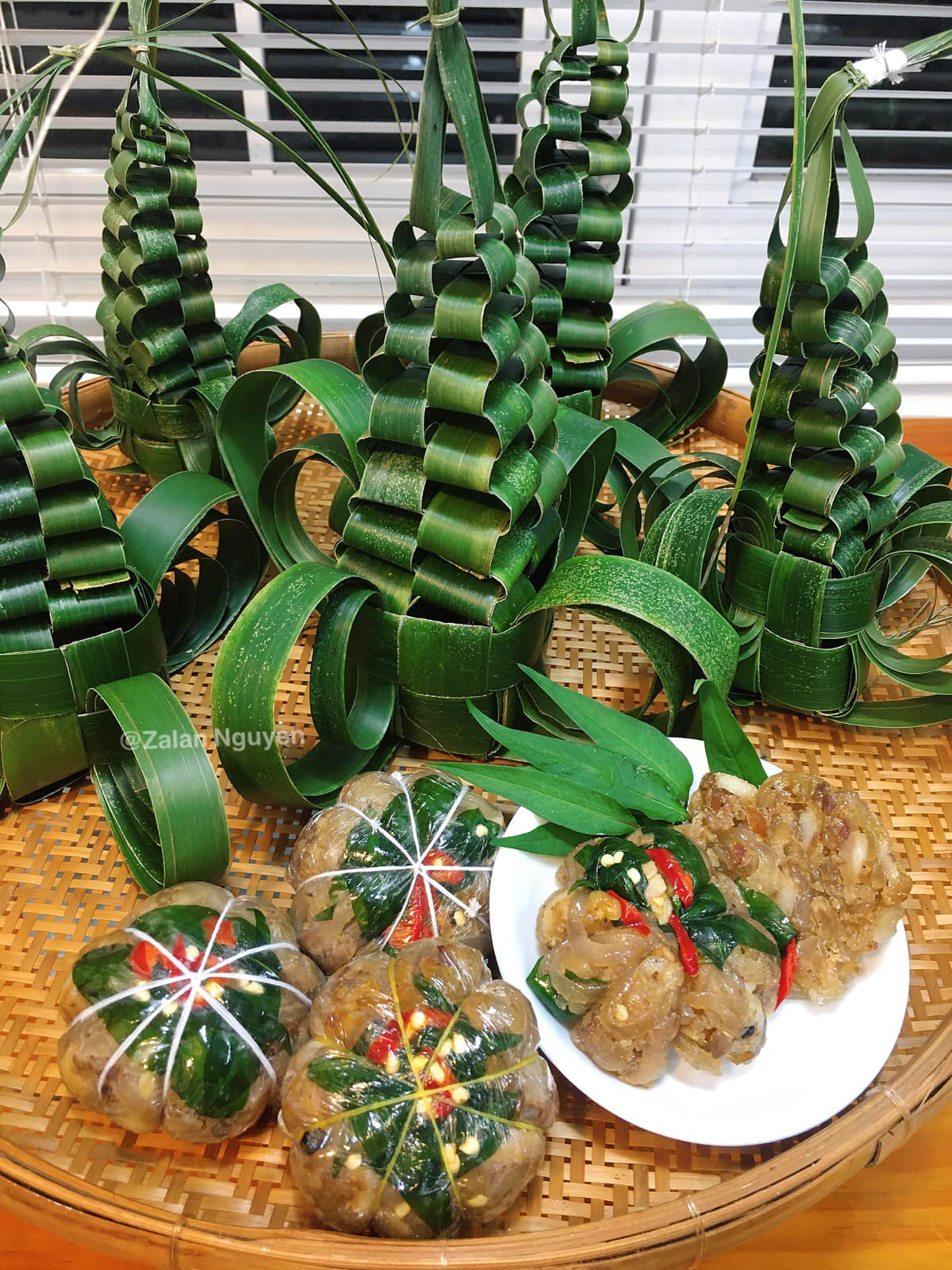 | 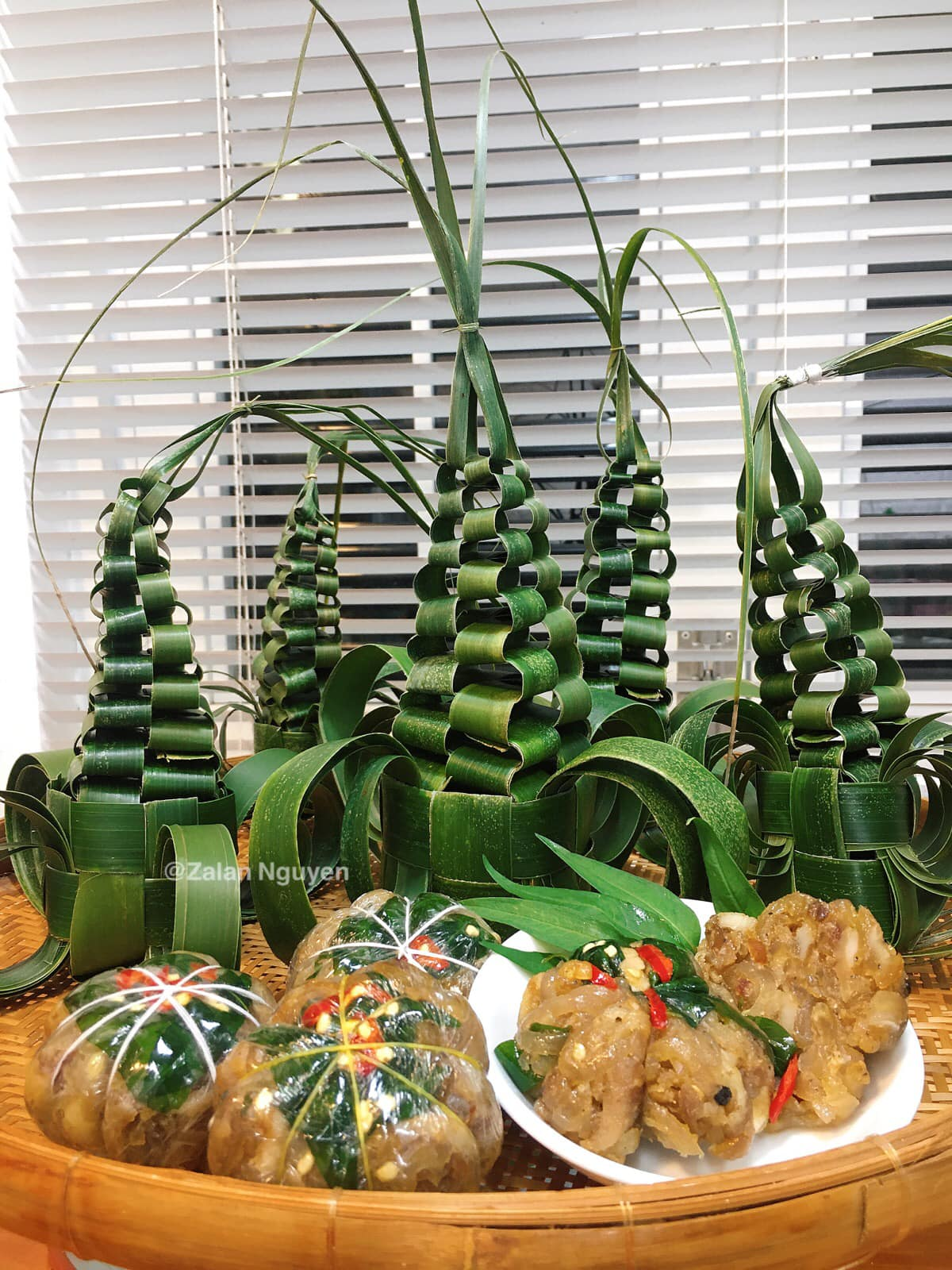 |
Ms. Hoai Thanh (Ba Tri commune, Vinh Long province) said that nem lau (a type of Vietnamese sausage) was commonly found on banquet tables and at weddings in the Mekong Delta during the 1980s and 1990s.
Back then, the women would often place the peeled spring rolls inside the tower-shaped container, then skillfully weave the base of the tower shut, before placing it on a plate and offering it to guests.
"Previously, nem lau was considered a snack food of the people in the Mekong Delta, often used to entertain honored guests at parties, weddings, and holidays."
However, because of the elaborate preparation and decoration process, this dish is becoming increasingly rare, usually only made on a small scale in individual families. Therefore, many customers from far away, even those with money, find it difficult to buy," Ms. Thanh said.
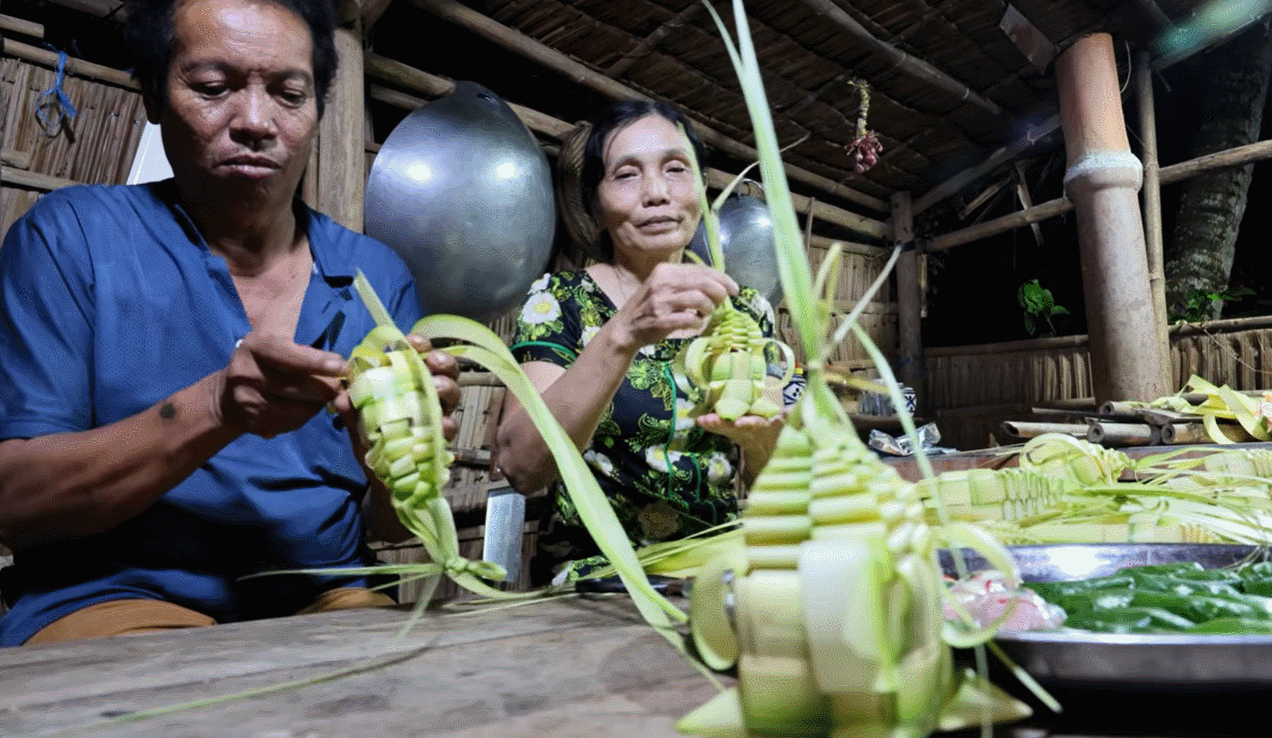
According to this woman, to make nem lau (a type of Vietnamese spring roll), locals can use either fermented pork sausage or pork skin sausage, but pork skin sausage is generally preferred. This is because after preparation, all the ingredients are already cooked, and you only need to wait a few hours before enjoying it.
The ingredients for making nem lau include pork skin, pork leg meat, roasted rice powder, Vietnamese coriander (if you have fig leaves, star fruit leaves, or guava leaves, it's even better), a little pepper, garlic, chili, ginger, lemongrass, and galangal.
First, the pork skin is cleaned and boiled with lemongrass, ginger, vinegar, and salt for about 15-20 minutes to remove any odor. Once cooked, it is removed from the water, allowed to cool, and then sliced into thin, even strips.
The pork leg is washed, seasoned to taste, and then simmered in coconut milk until it absorbs the flavors. Fresh coconut milk helps to tenderize the meat, enhance its aroma, and give it a beautiful color.
The rice flour is made from three ingredients: glutinous rice, regular rice, and mung beans in a 1:1:1 ratio. The ingredients are washed, drained, roasted until golden brown, and then ground into a fine powder.
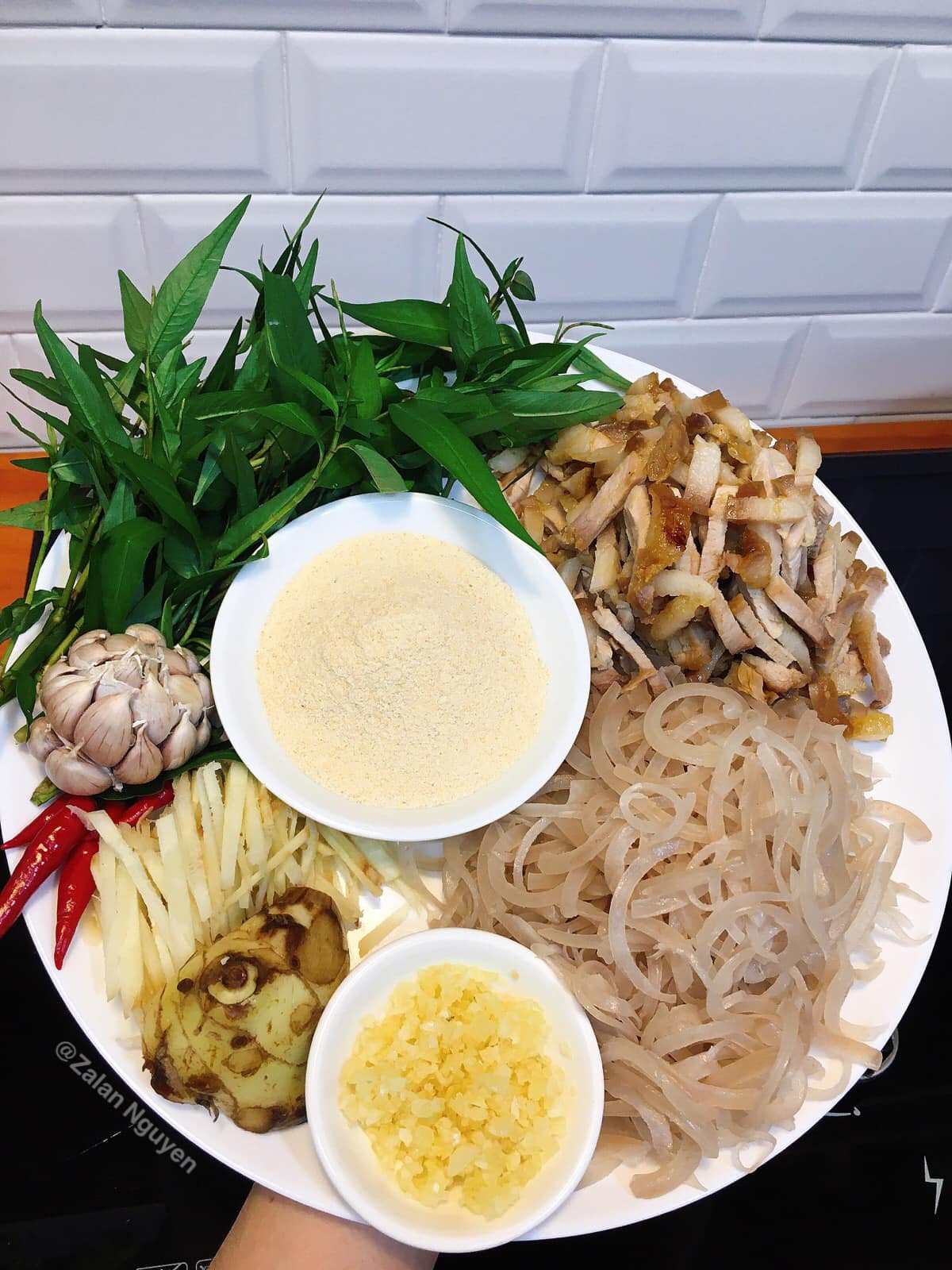
Next, the pork skin and meat are finely chopped, and a little galangal and roasted rice powder can be added for aroma. Then, all the ingredients (seasoning powder, sugar, a little fried garlic, ground pepper, galangal juice...) are mixed together, and the seasoning is adjusted to taste. After a while, the mixture is allowed to absorb the flavors evenly, then stir-fried briefly, with added roasted rice powder and pepper.
While the spring rolls are still warm, they are wrapped in plastic wrap and can be eaten a few hours later. To make the dish more visually appealing, the spring rolls are sometimes wrapped and tied with string to form the shape of a gourd or pumpkin.
After preparing the spring rolls, the locals begin the decorating process. They use coconut leaves, weaving and braiding them into a multi-tiered tower (or pagoda) that gradually narrows towards the top.
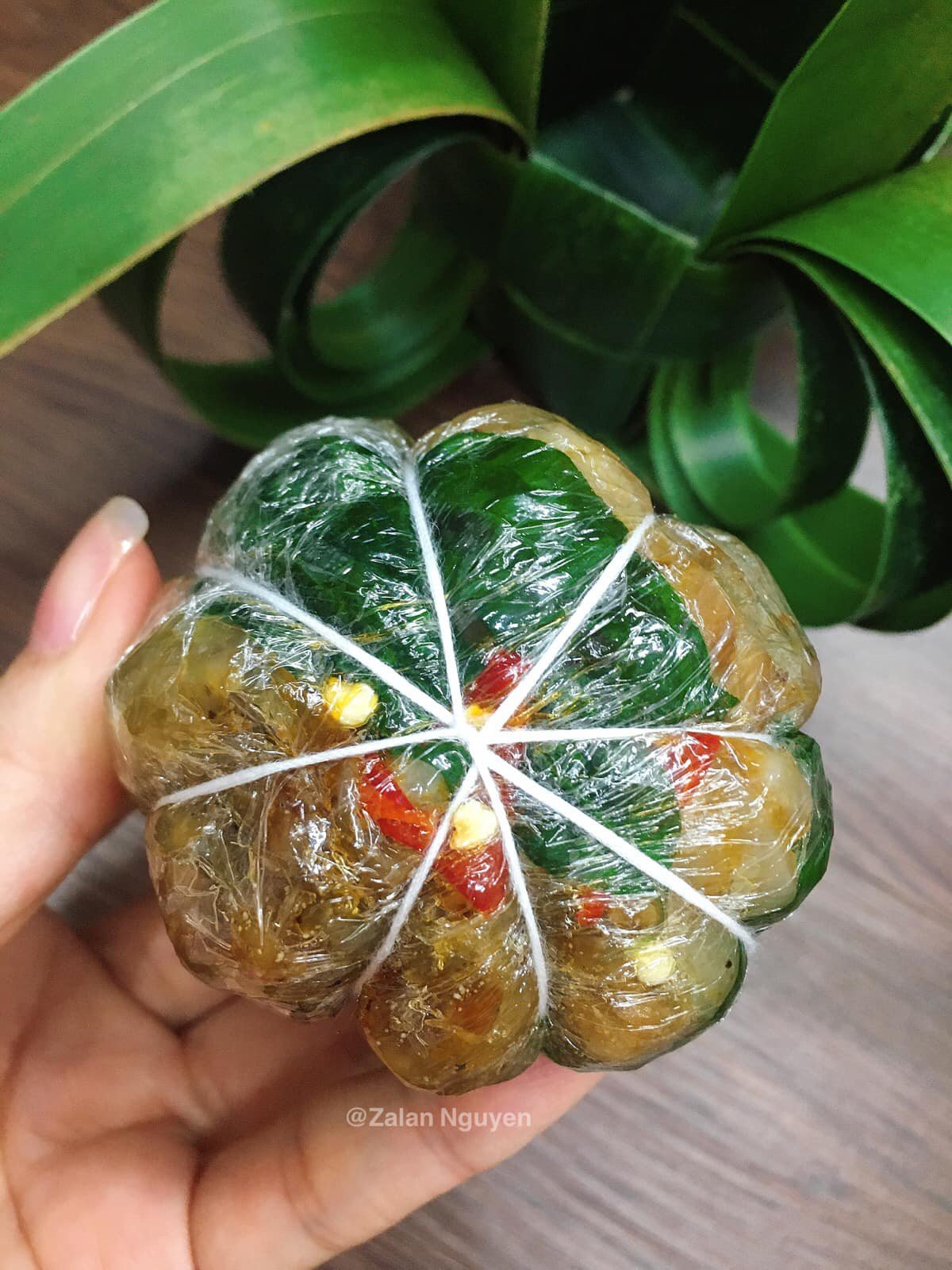 | 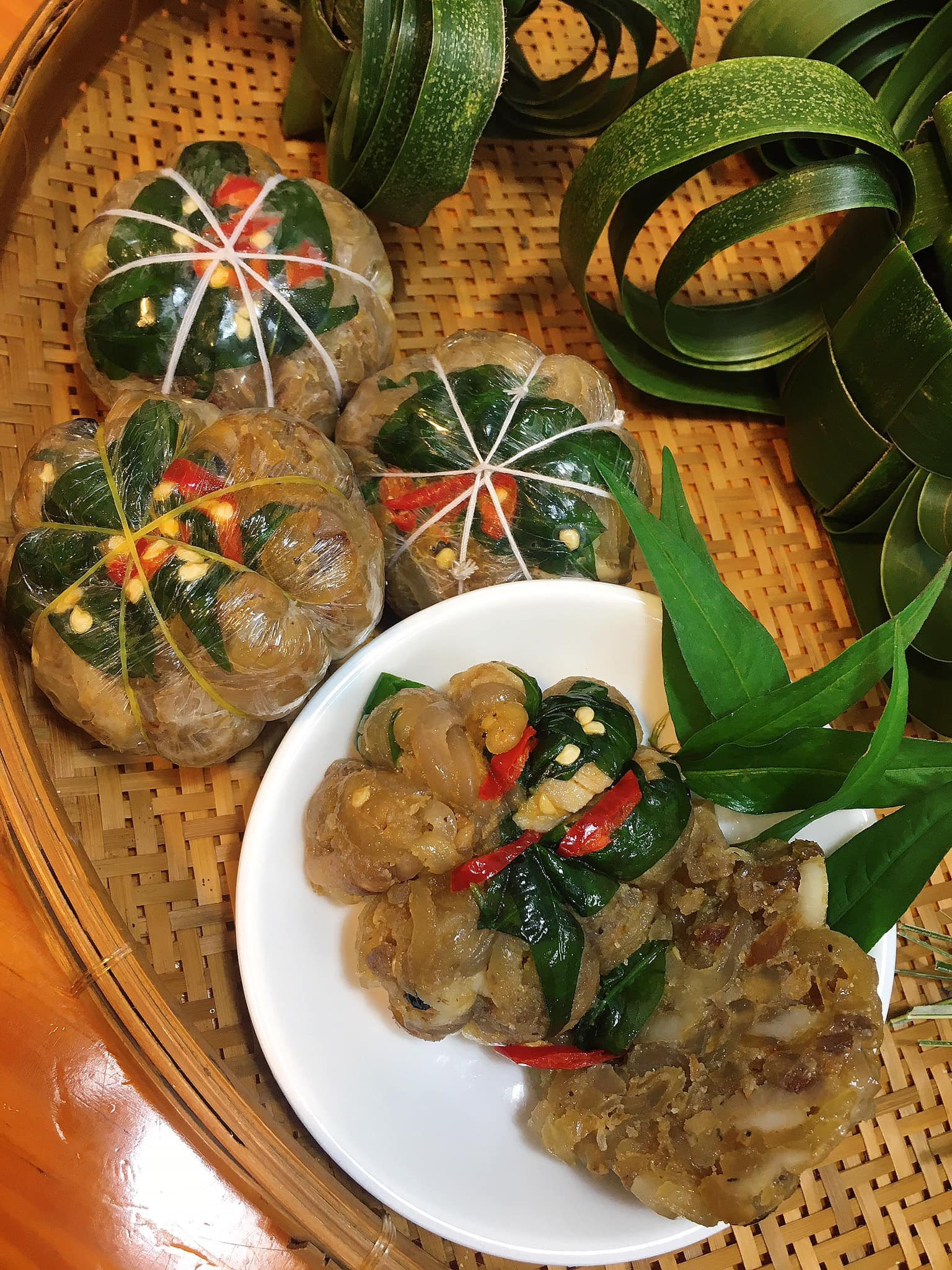 |
Ms. Thanh shared that to make a tower, you usually need 5 coconut leaves, split in half into 10 strands, weaving the base first, then the four surrounding sides. After placing the spring rolls in the center of the tower, they continue weaving to completely cover and create a multi-tiered tower.
This process requires patience, meticulousness, and a bit of experience to create a beautiful and elaborate pavilion.
When enjoying the dish, diners skillfully retrieve the "hidden" spring roll from inside the pot, which can be peeled from either the top or the bottom.
"In the past, spring rolls were considered a 'challenging' dish at weddings between the groom's and bride's families. People had to know how to open the spring roll, and after taking out the filling, they had to tie the lid back up as before. If they didn't do it skillfully, they would be ridiculed for not knowing how to eat it."
"That's why, in the past, at wedding feasts, only those who knew how to unravel and re-weave the spring roll wrappers dared to eat this dish," she added.
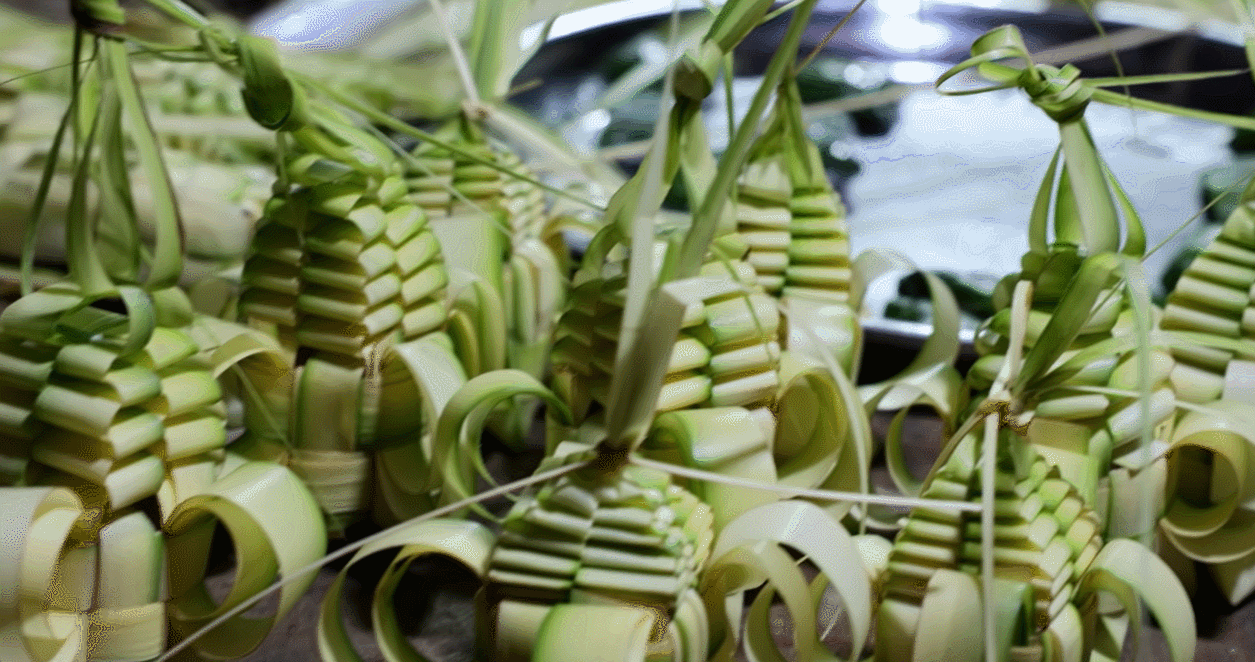
Ms. My Hanh (Ho Chi Minh City), who has been fortunate enough to enjoy nem lau (a type of Vietnamese spring roll) several times in the Mekong Delta, said that this dish has a mild spiciness, aroma, and sweetness, plus the chewy pork skin, creating a unique flavor that is different from other traditional spring rolls.
Impressed by the taste of the spring rolls, Ms. Hanh even asked the locals for the address to buy them, so she could bring them back as gifts for friends and relatives.
However, because the process of making nem lau is quite elaborate and time-consuming, this dish is becoming increasingly rare, making it difficult for diners to enjoy or find it.
"The pork skin spring rolls are still regularly made by the locals, tied with string to form a pumpkin shape, which looks quite appealing. However, people rarely build the decorative pavilion outside because it's too much work and time-consuming."
"Even spring rolls are rarely sold commercially; only occasionally, on special occasions or when wanting to give them as gifts, do locals gather their whole family to make them together, recreating the once-famous dish and maintaining this unique culinary culture," Ms. Hanh said.
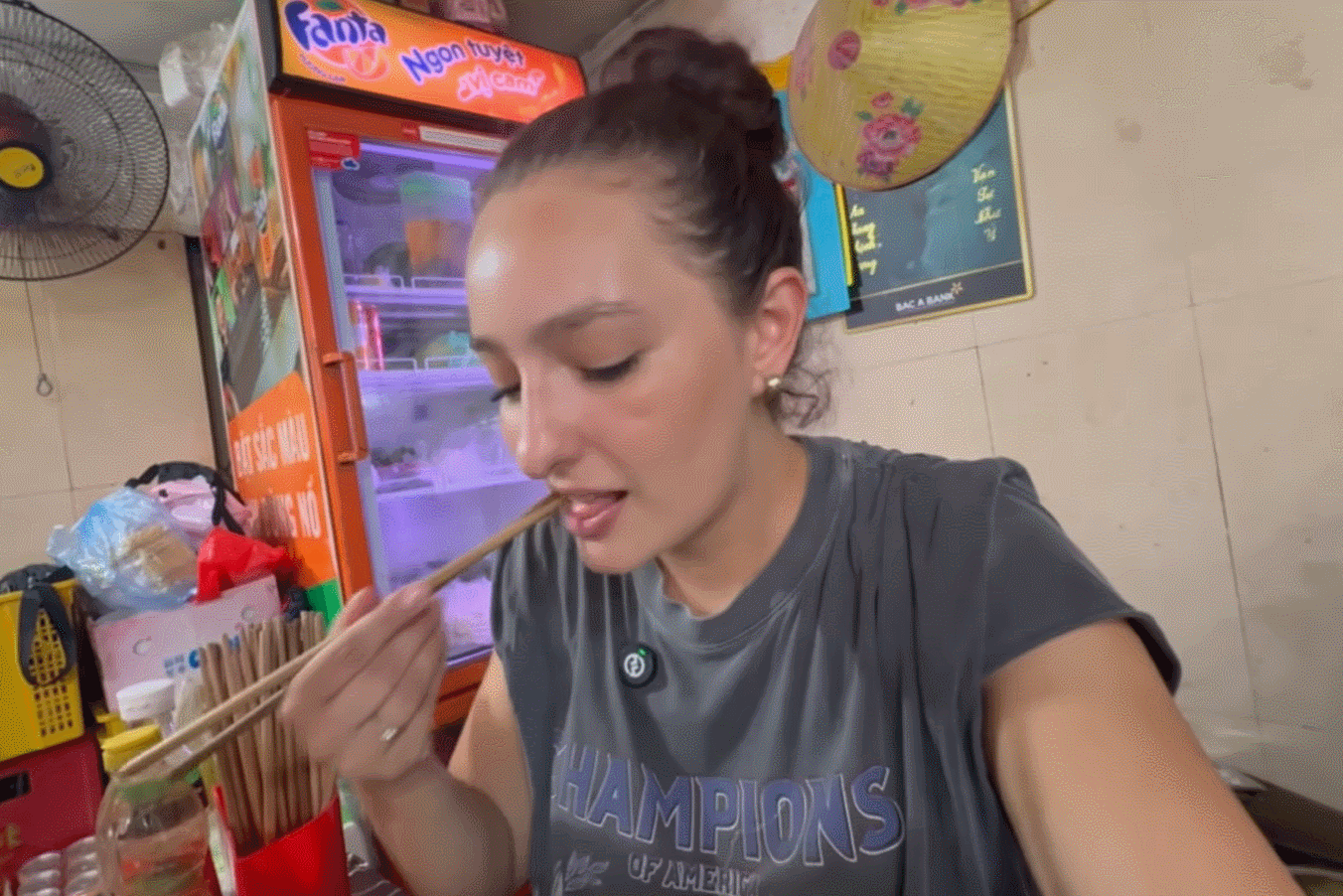
Source: https://vietnamnet.vn/dac-san-nem-lau-trong-mam-co-mien-tay-khach-khong-dam-an-co-tien-cung-kho-mua-2456651.html







![[Image] Vietnam's colorful journey of innovation](/_next/image?url=https%3A%2F%2Fvphoto.vietnam.vn%2Fthumb%2F1200x675%2Fvietnam%2Fresource%2FIMAGE%2F2025%2F12%2F14%2F1765703036409_image-1.jpeg&w=3840&q=75)
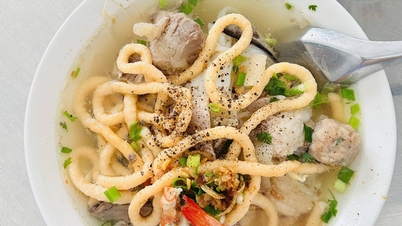
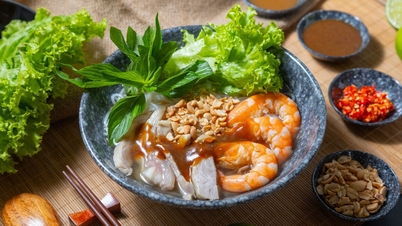
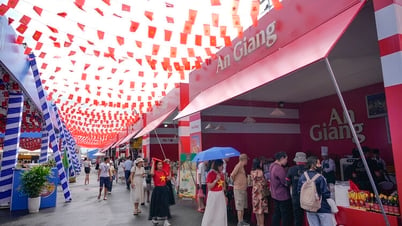

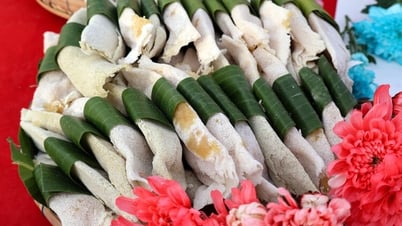
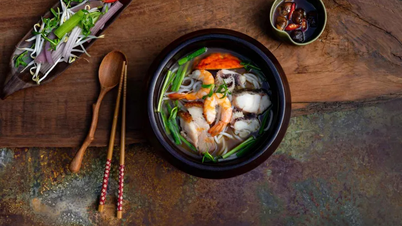

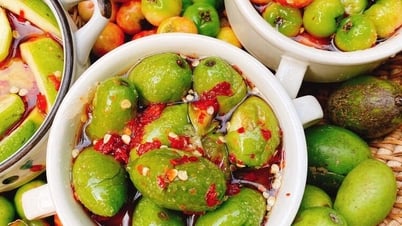


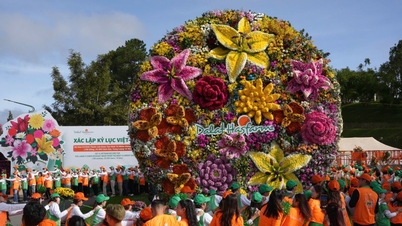











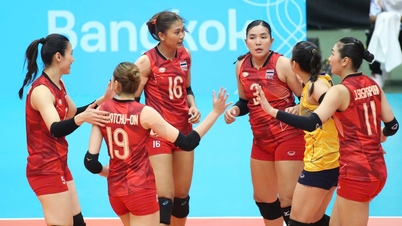
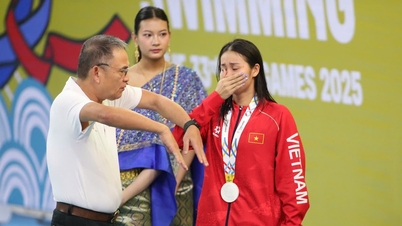

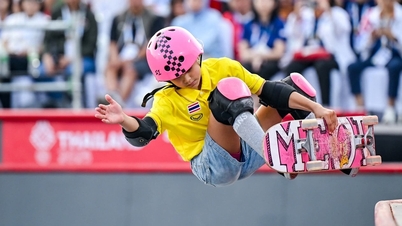



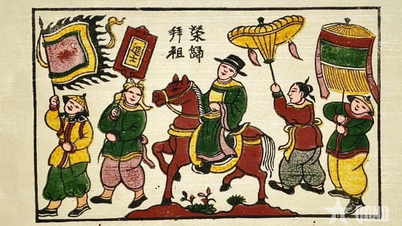

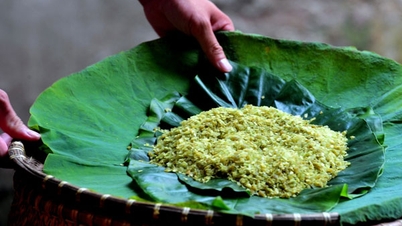

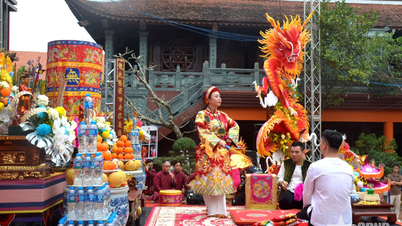












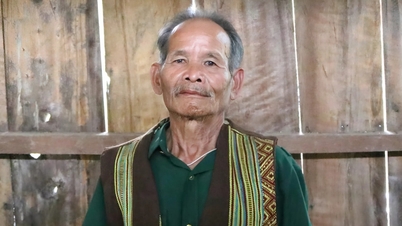




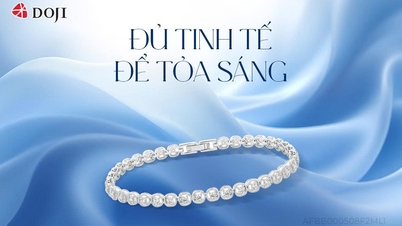


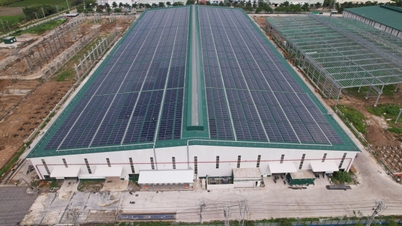





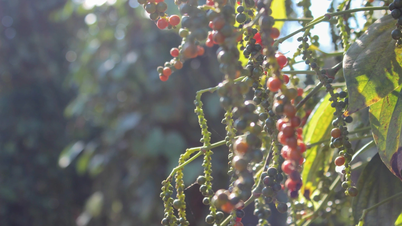


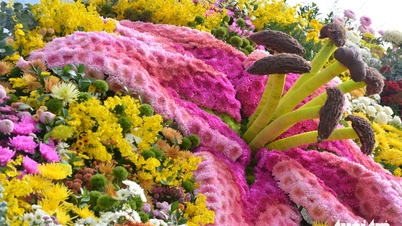



![[Image] Vietnam's colorful journey of innovation](https://vphoto.vietnam.vn/thumb/402x226/vietnam/resource/IMAGE/2025/12/14/1765703036409_image-1.jpeg)







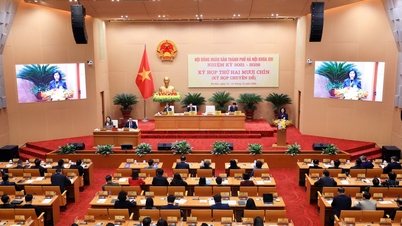




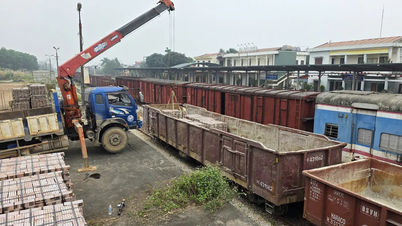
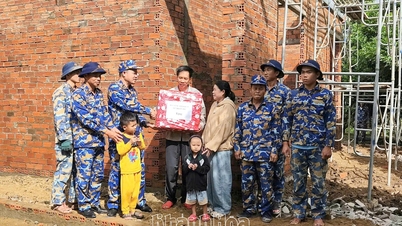

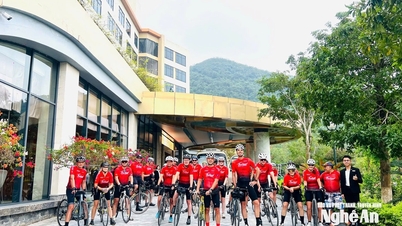

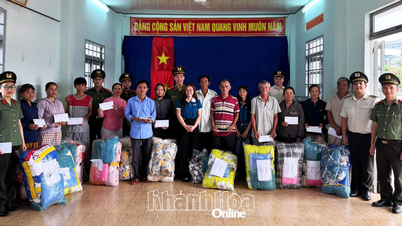
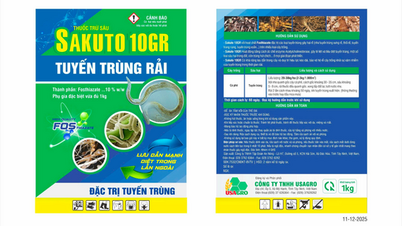

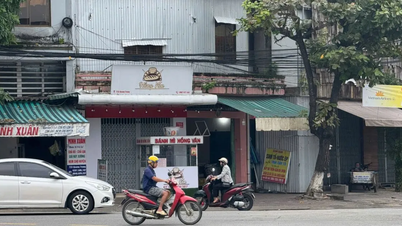










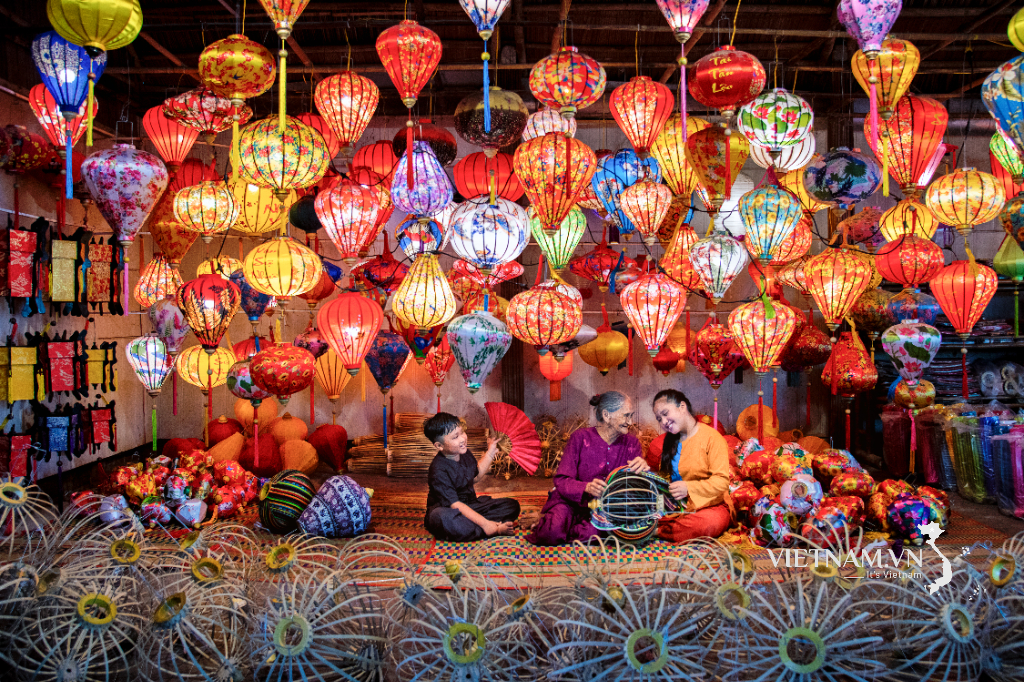
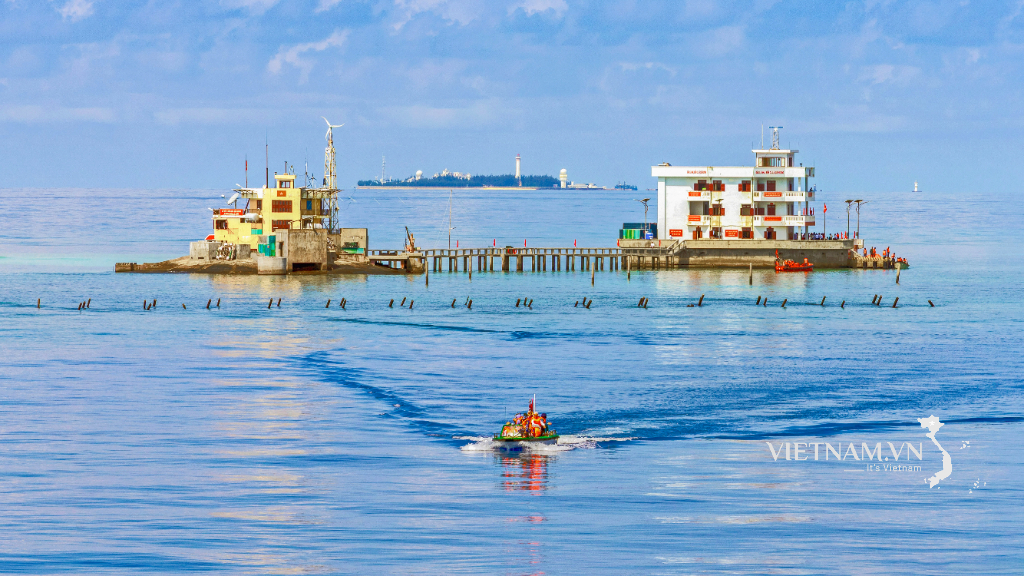


Comment (0)